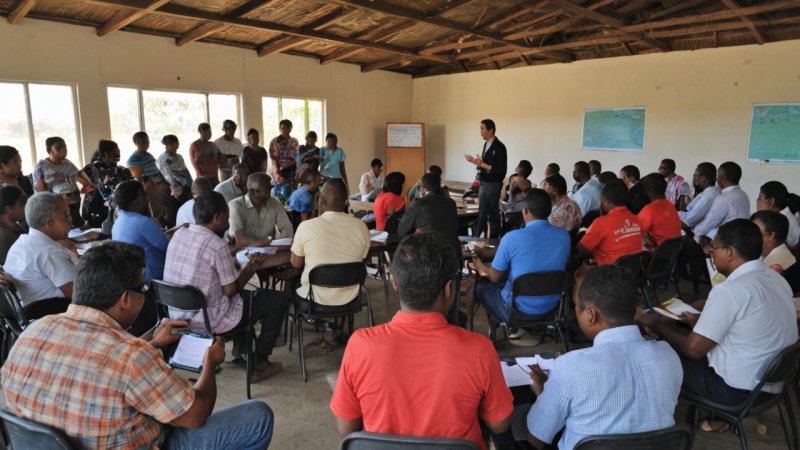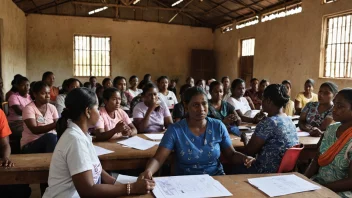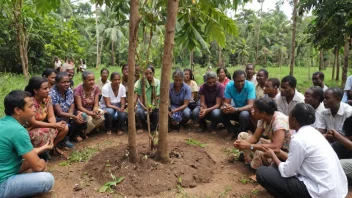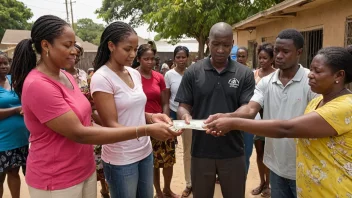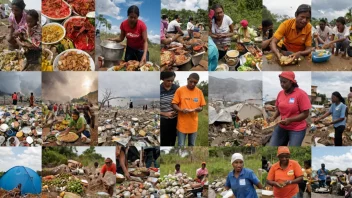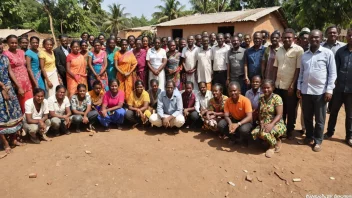Disasters can disrupt the lives of individuals and communities, often leaving devastation in their wake. However, proactive disaster preparedness can make a significant difference in how effectively communities respond to and recover from such events. One of the most effective approaches to enhancing disaster preparedness is through partnerships with local governments. This article outlines how individuals and organizations can work together with local authorities to strengthen disaster readiness and response efforts.
The first step in creating a successful partnership is to understand the local government's disaster management framework. Each community has its own policies, resources, and procedures in place, which can vary widely based on geography and demographics. Engaging with local emergency management offices can provide insight into these frameworks, helping individuals and organizations identify how they can best contribute.
Once a foundational understanding is established, the next step is to foster communication with local leaders. This can be accomplished by attending local government meetings, participating in community forums, or reaching out directly to officials in charge of disaster preparedness. Establishing a rapport with these leaders is crucial for creating a collaborative environment where ideas and resources can be exchanged freely.
Individuals and organizations can offer various forms of support to local governments. For example, they can provide volunteer assistance during community drills or training exercises. Additionally, organizations can help create educational materials that inform residents about disaster preparedness, response protocols, and recovery strategies. By working together, local governments and community members can develop tailored programs that address specific local needs.
Incorporating community input into disaster preparedness planning is vital. Local governments should actively seek feedback from residents to understand their concerns, experiences, and suggestions related to disaster readiness. Facilitating community workshops and focus groups can help ensure that the voices of all citizens are heard, fostering a sense of ownership and accountability in disaster preparedness initiatives.
Furthermore, individuals and organizations can play an essential role in building local networks of support. By establishing neighborhood watch programs or community response teams, residents can take an active role in disaster preparedness and response. Collaborating with local governments to train these teams can enhance their capabilities and promote a culture of community resilience.
Another key aspect of partnership is the integration of technology into disaster preparedness efforts. Individuals and organizations can work with local governments to develop digital tools that disseminate information during emergencies. This could include creating mobile apps that provide real-time updates about evacuation routes, shelter locations, and safety protocols. Technology can enhance communication and coordination during crises, ultimately saving lives.
In summary, partnering with local governments in disaster preparedness is vital for building resilient communities. By understanding local frameworks, fostering communication, and actively engaging with residents, individuals and organizations can make a significant impact on disaster readiness. Together, we can create a safer and more prepared world, where communities are equipped to face the challenges of any disaster.
Strengthening Communities Through Disaster Preparedness Partnerships
Explore how individuals and organizations can collaborate with local governments to enhance disaster preparedness and build resilient communities.
